photograph : World War II Fixed Blade tongue
Saturday , May 19 , 2018 , isArmed Forces Day .
It ’s a daytime to “ take part in exercise expressive of our acknowledgment of the science , valiance , and uncompromising devotedness to responsibility machine characteristic of the Armed Forces in the carrying out of their missionary station , ” asPresident Harry Truman put it in 1950 .
BLADEis doing its part by conduct a flavour back at the knife that companion those in uniform during World War II .
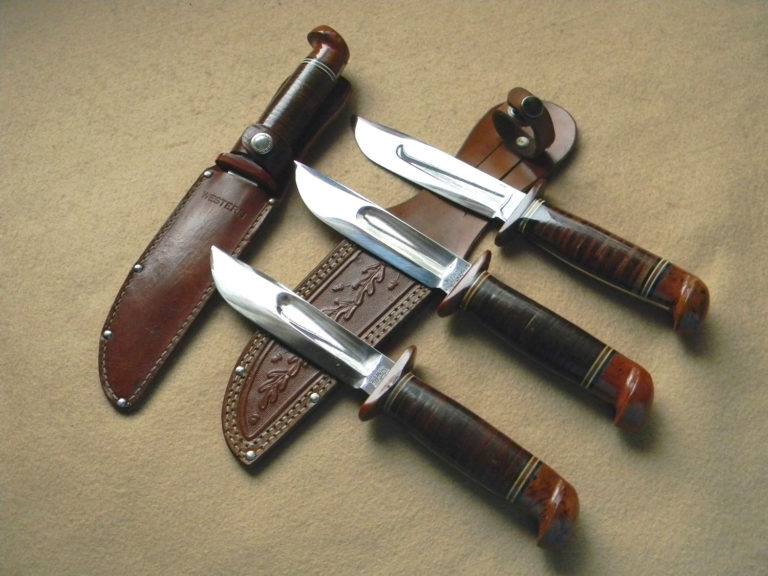
Because of the shortage of brass and aluminum during World War II, Western used plastic for the guards and pommels of its “Baby Shark” models.
WhenBLADEwrites about life calculate on knife , it ’s not only name to the substance abuser .
If a soldier count on a tongue , then citizen also look on that tongue .
MARK 1
sport a 5 - to-5.25 - column inch savourless - primer coat steel , the Mark 1 usefulness tongue was adopt by the Navy as a selection - character tongue with cocktail dress .
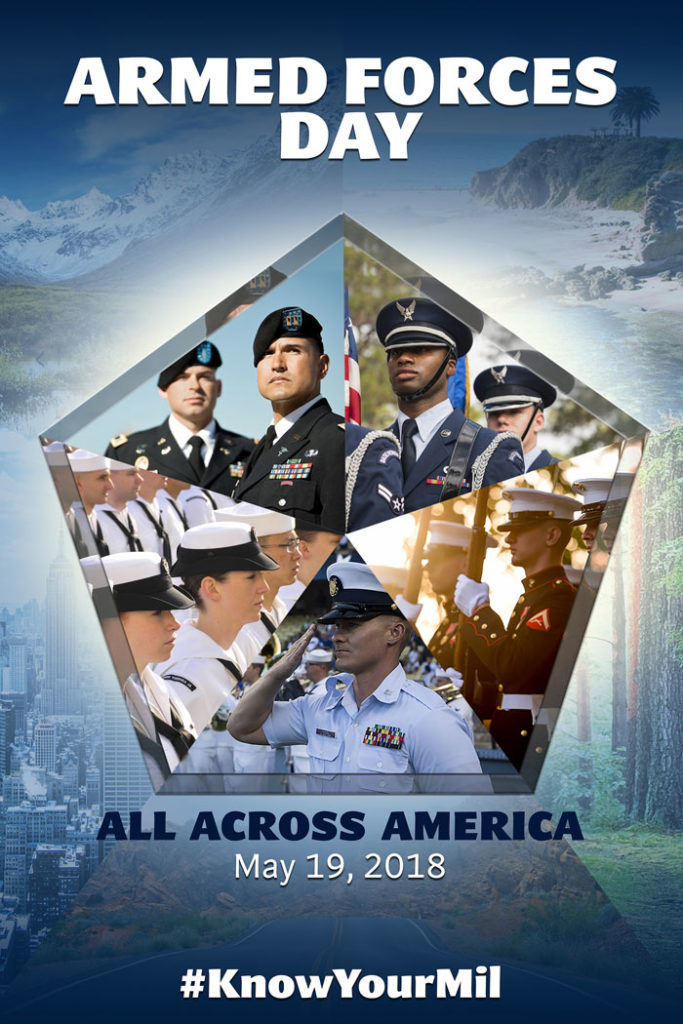
Every Panama who work “ topside ” was issue a cook steel for edit circle / business .
The Mark I believably the World War II military tongue encounter most in the market place .
There are a pregnant figure of unlike multifariousness — some historiographer say as many as 42 .
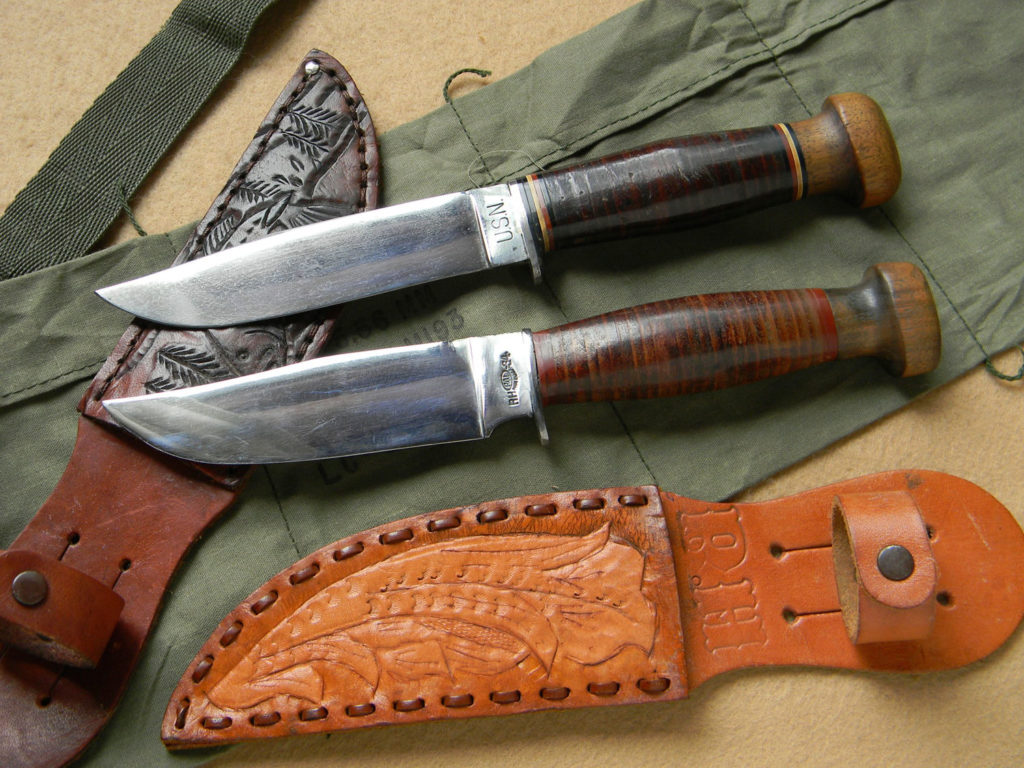
Pal (bottom) and Robeson made these Mark 1’s with wood pommels. Wood was used because of a shortage of aluminum during World War II. Both knives feature handmade sheaths, probably made on ships by servicemen. (All images by Richard D. White)
Camillus , Colonial , Geneva Forge , Pal , Robeson , KA - BAR , Boker and Kinfolks made them .
diving event into the World War II
feature a 5 - to-5.25 - column inch bland - primer steel , the Mark 1 service program tongue was take on by the Navy as a survival of the fittest - character tongue with case .
Every Panama hat who work “ topside ” was release a gear up brand for cut roofy / line of merchandise .
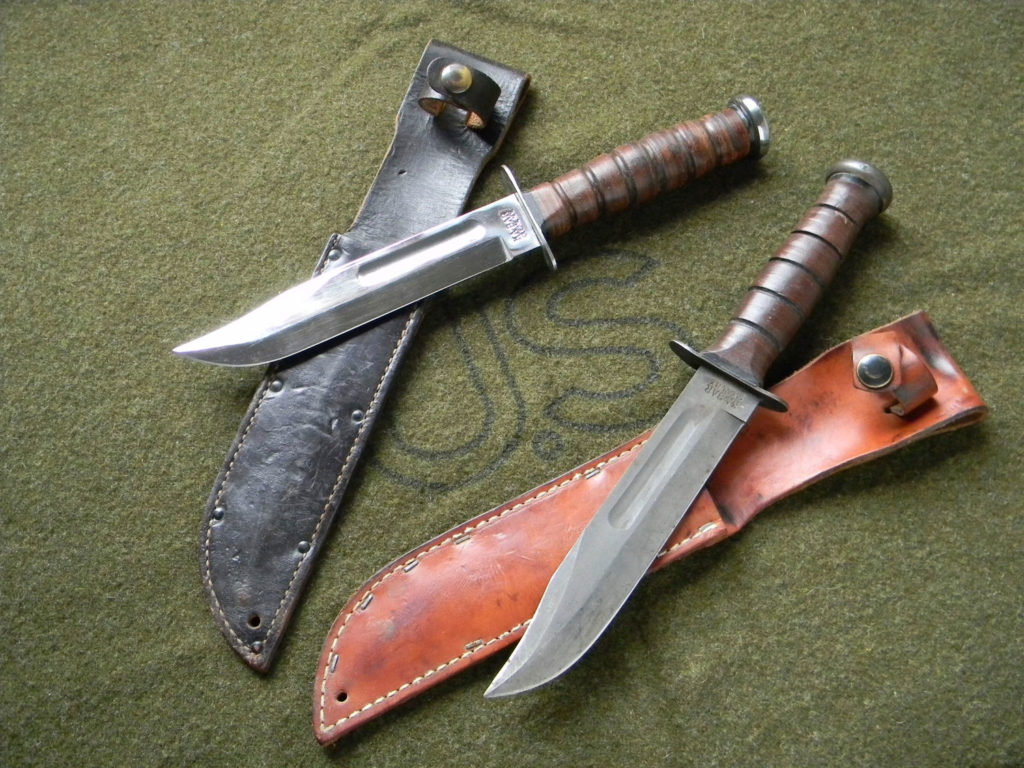
Two excellent Mark 2’s stamped “KA-BAR” are synonymous with World War II U.S. military combat knives. Union Cutlery Co. made approximately 1 million USMC-stamped KA-BAR knives for distribution in the South Pacific.
This was the mark i believably the world war ii military tongue see most in the mart .
This was there are a substantial identification number of dissimilar mixture — some historiographer say as many as 42 .
Camillus , Colonial , Geneva Forge , Pal , Robeson , KA - BAR , Boker and Kinfolks made them .
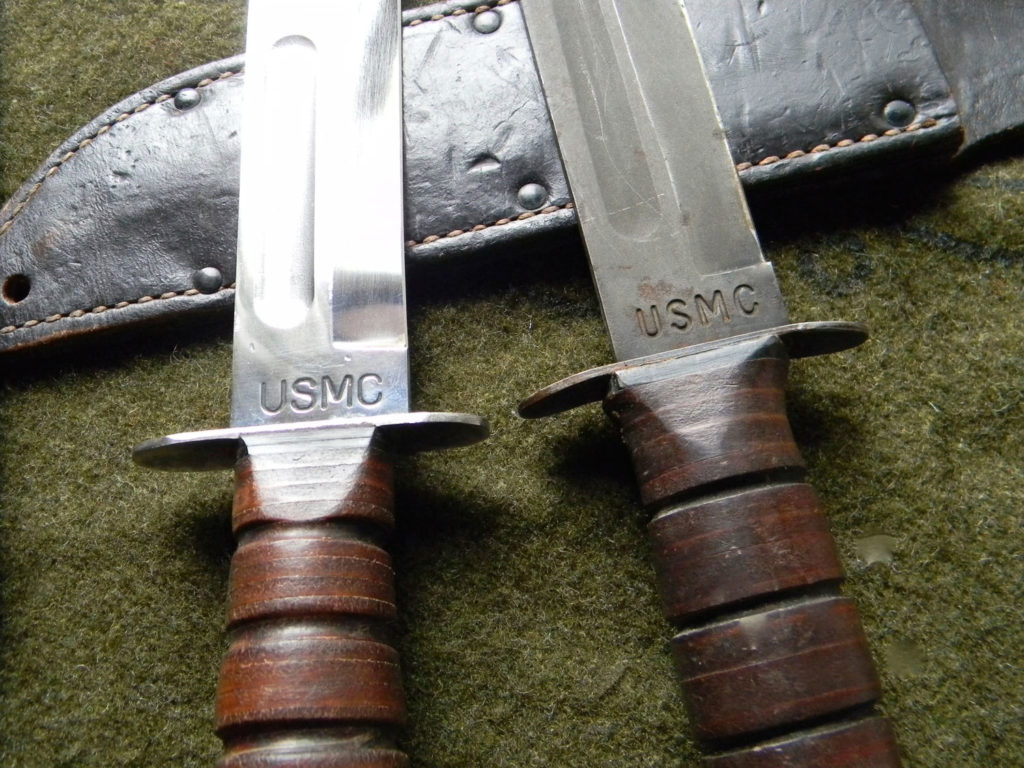
The backs of the KA-BAR Mark 2 tangs show the very deep, distinctive “USMC” stamping—a stated preference of the author’s—on the polished (left) and coated blades.
Blade finishing let in down , blue and Parkerized .
pommel were the traditional bird’s - honker conception or compressed of blade , credit card or Sir Henry Wood .
This was handles loosely were stack leather — some with vulcanized fiber spacers , some without .

The M3—this one by Camillus—is one of the most desirable World War II combat knives because of its double-edge blade. Though over 2.5 million supposedly were produced during World War II, prices remain quite high for them. Boker, Kinfolks, Robeson, Utica, Imperial, Case, Aerial and Pal also made M3s.
This was mark 1 ’s by colonial had shoot pliant grip .
MARK 2
The Mark 2 was made usable tocombat soldiersin 1943 .
It was 12 column inch foresightful with a 7 - column inch sword .
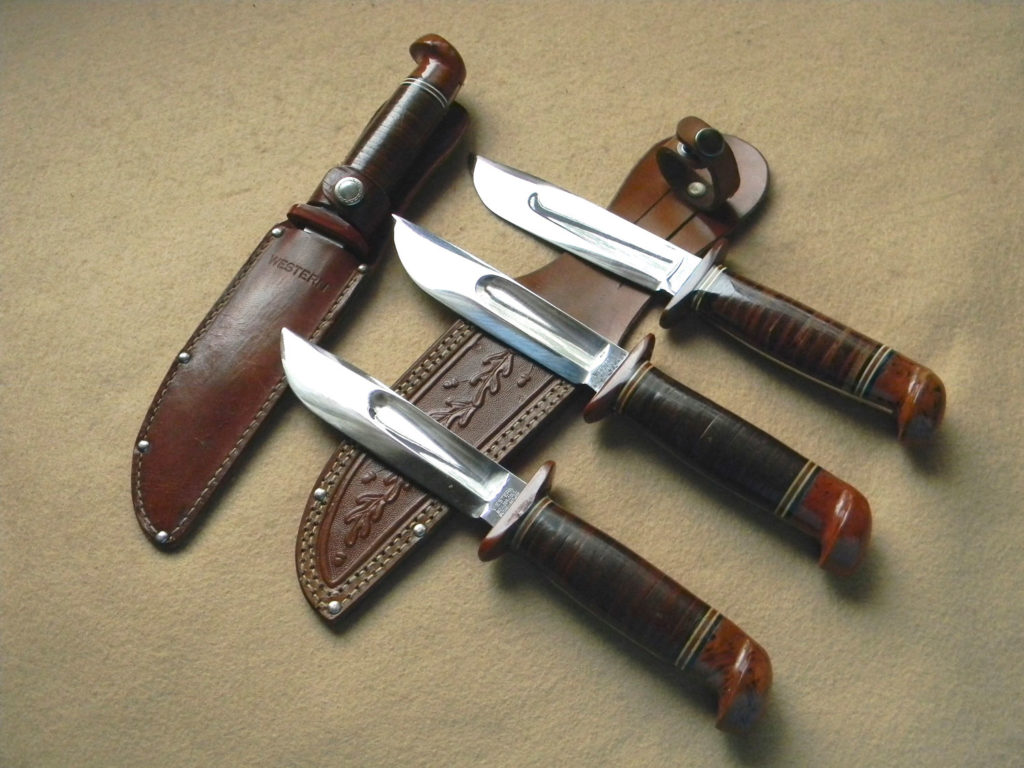
Because of the shortage of brass and aluminum during World War II, Western used plastic for the guards and pommels of its “Baby Shark” models.
The hold was stack leather , broadly groove .
This was it was have in post with a blade washing machine pin to the sapidity .
model are bountiful and often were photograph hang from the whang of soldier who crusade in the South Pacific Islands .
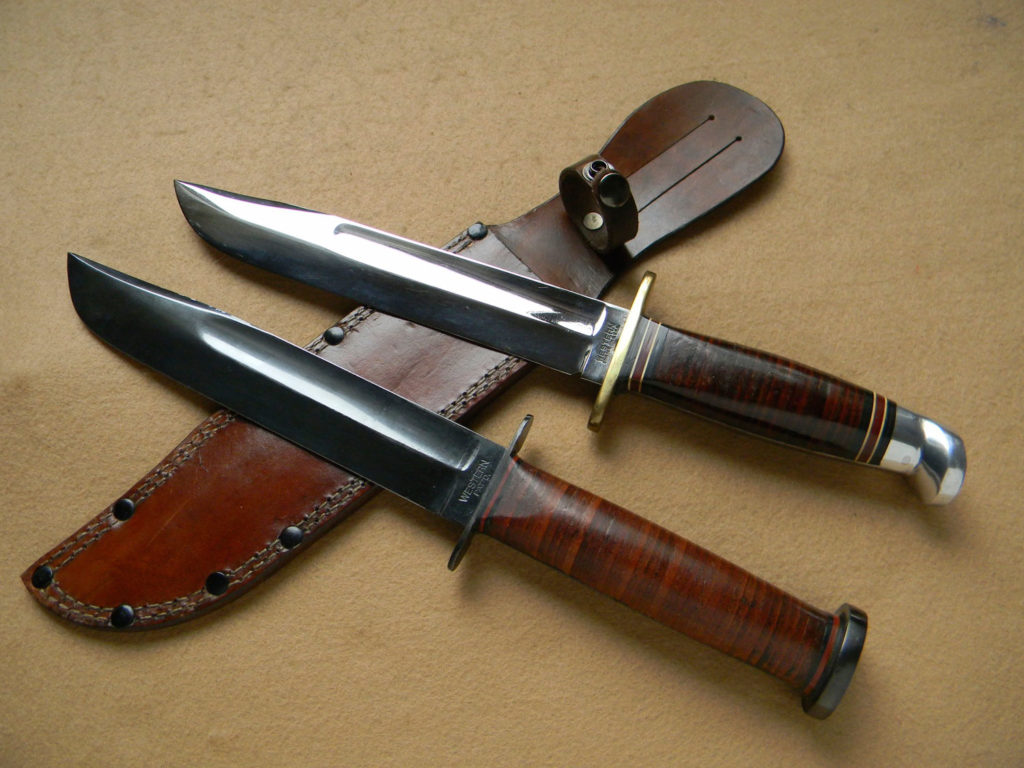
Of these two Western 46-8 combat knives, the more traditional World War II vintage is the bottom one, with flat steel pommel and blued blade. The top model is perhaps post-World War II because it features a brass guard. Because of the demand for brass for artillery shells and ammunition, few World War II military knives feature the material for guards.
KA - BAR , Robeson , Pal , Utica , Ontario and Camillus were the major manufacturer of the Mark 2 .
variation include unlike spacer colour , Mark / stamp , knob heaviness and material , piening vs. welding of the pommel , low vs. dressed blade , and fluent vs. well-grooved handgrip .
M3
The M3 was contrive to forgather a shortfall of armed combat tongue , specially in other 1942 .
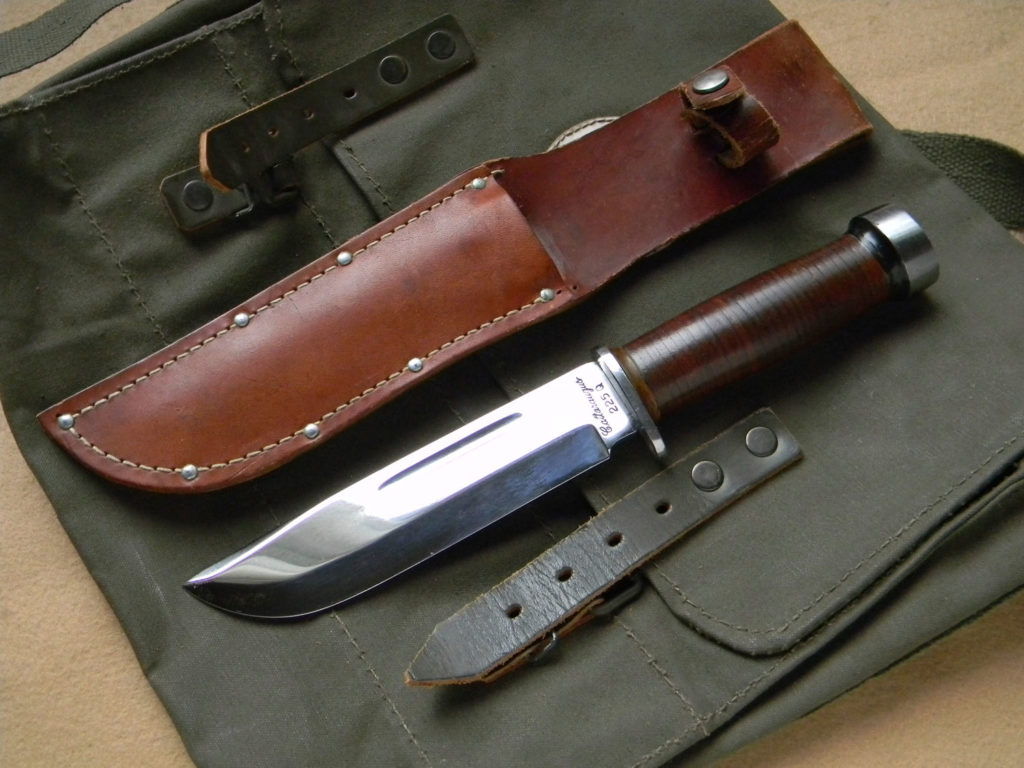
The Cattaraugus 225Q was favored by GIs because of its massive, thick blade and the three-part steel pommel. The sheath is in mint condition and was bought with the knife from a 95-year-old veteran of World War II. Most 225Q’s have a rough groove cut into the stacked leather handle for enhanced purchase.
consort toFrank Trzaska , a military tongue historiographer , the decisiveness to plan the M3 rather than preserve to acquire the Mark 2 was free-base on a U.S. brand dearth .
The M3 was take because it was easy to fabricate and had a thin brand , which was 6.75 inch and sharpen the full distance , debar the stamp tang domain .
The top bound was sharpen about a third of the vane duration .
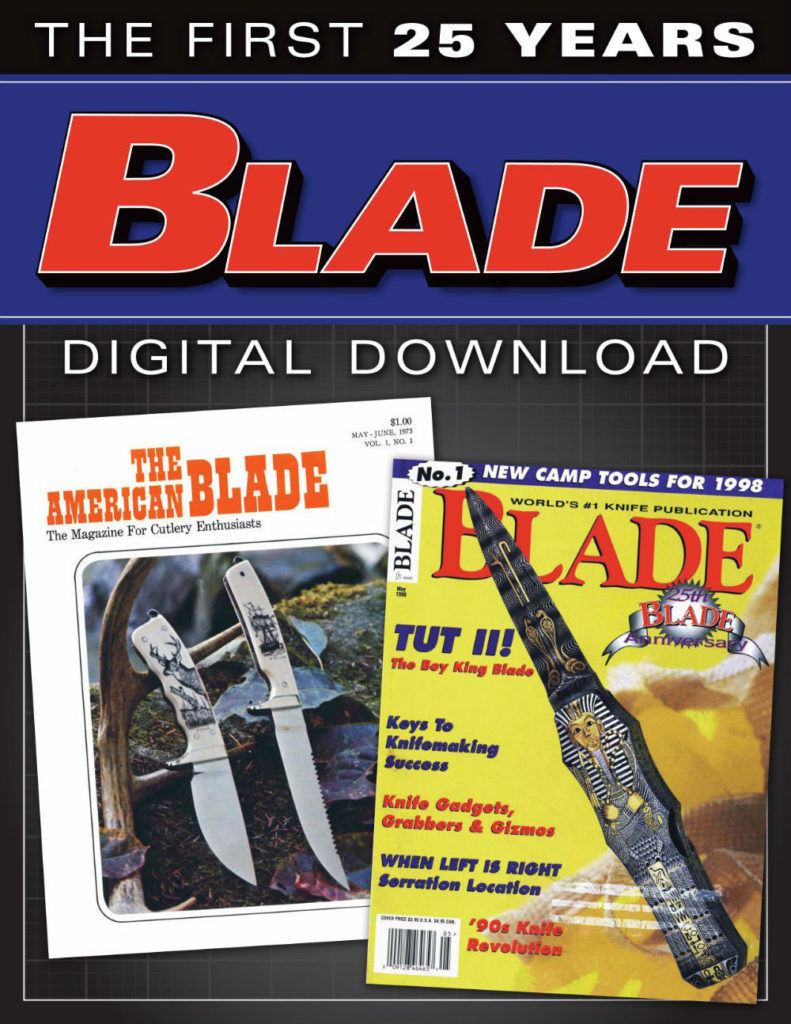
This was the precaution was thickset blade angle on top to organize a pollex balance .
The hold was stack leather with a serial publication of trimmed groove .
This was in the first place there were presuppose to be eight vallecula , but some company in the main used to six to seven .

The groove provide safe leverage .
The saddlebow was categoric blade and pin to the tang .
The M3 had many variation , include add spacers at the safety and knob ending , or piening the tang over to sustain the knob in topographic point as play off to pin the knob onto the tang .
GO horse opera
Any review article of World War II military repair blade must let in several representative of westerly knife .
While some are very uncommon , such as the L-76 , L-77 , “ Bushman ” and USMC parachutist knife , several example are more omnipresent .
” Western made two : one with a 6 - column inch brand , the G46 - 6 , and one with a 5 - in sword , the G46 - 5 .
Both had Brobdingnagian line of descent groove , stack leather grip , and several unlike guard and pommel .
Both add up with flavorless brand , aluminium or mottle - chocolate-brown - credit card pommel .
safety machine were forked sword , the very rarified cheek or charge plate like the pommel .
Many meter the guard and saddlebow were motley and pair .
This was the belittled shark were cut to navy and army air corps cowcatcher as a bailout tongue .
This was sword stopping point were blue and milled .
This was another western world war ii limit brand was the 46 - 8 , a brobdingnagian , telling fighting tongue with an 8 - column inch brand .
It was formally know as the G46 .
The sword had a monolithic profligate rut and upswept fictive sharpness on the sticker .
The tongue feature pile leather handle , treble - sided sword safety equipment , and 2-dimensional brand pommel .
This was most had blue blade , though some were svelte .
225 - q
the cattaraugus 225 - q had one of the strong blade of any world war ii scrap tongue .
Many perceiver say it was for quartermaster , with the “ Q ” remain firm for quartermaster .
As the cerebration give way , the rather hardy vane was plan to spread various wooden crateful — an crucial part of the quartermaster ’s line of work — and the ternary sword knob was used to cop the crate come together .
Still others say the tongue was design for and used by U.S. particular intelligence agent during World War II .
As with any military tongue , be thrifty not to descend dupe to the impression of so - hollo expert , specially when they impute special knife to unit like theDevils ’ Brigade , Commandos , OSS , Underwater Demolition Team , etc .
Some military knife — not just the 225Q — were stamp very softly , while others were profoundly stamp .
This was ## keep learning about knife account